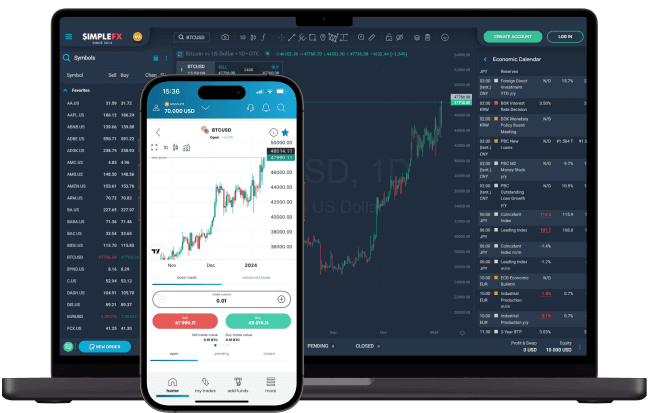A Brief History of Lightning Network and how It works
The Lightning Network is a second-layer bitcoin technology that allows the blockchain to conduct transactions more effectively by using micropayment channels. Transactions made on the Lightning Network are faster, cheaper, and easier to verify than on-chain transactions (for example, using smart contracts).
BTC Community created the Lightning Network to de-congest the bitcoin blockchain and reduce transaction fees by removing transactions from the main blockchain and making them off-chain. Bitcoin holders may also use the Lightning Network to exchange cryptocurrencies via exchanges.
Lightning Network opens new possibilities for BTC. Without it, it would be impossible to perform microtransactions in El Salvador, the first country to make bitcoin a legal tender. Twitter is said to be looking for LN-based solutions to enable an in-app tipping system, where readers could reward content creators with small donations. Given Jack Dorsey is a well-known BTC maximalist, these rumors may turn out to be true.
A reinforcement loop is generated when Bitcoin and Lightning work together. Given layer-2's concentration on tiny payments, LN will naturally draw people to Lightning, which will drive up Bitcoin usage frequency. The simpler it is to send affordable and fast payments with bitcoin using Lightning, the more individuals will use Bitcoin, extending its adoption as a common medium of exchange.
Lightning Network in El Salvador
El Salvador has played an essential role in Bitcoin and Lightning awareness and adoption even outside its borders. In addition to placing both technologies on the forefront, the Central American country has demonstrated how paying for a McDonald's breakfast with BTC is feasible, inexpensive, and quick, providing a proof of concept other countries can utilize.
The open architecture surrounding Bitcoin and Lightning, rather than the closed one that dominates the current banking system, encourages more innovative development. It also allows consumers to select the app, technology, and money they wish to utilize for each use case in their daily lives. You can do anything you want in El Salvador, thanks to Bitcoin and Lightning, whether you want.
The open architecture surrounding Bitcoin and Lightning, as opposed to the closed architecture of conventional banking, allows for more efficient innovation. It also enables individuals to pick the app, technology, and money they desire for each use case in their daily lives. You may do anything you want in El Salvador, thanks to Bitcoin and Lightning, because of their openness.
The Lightning Network, first proposed in 2015 and became available for testing in 2018, has made significant progress. Developers' continued commitment to the technology's long-term success and technical strength has improved useability and broader adoption.
Today, all you need is your mobile phone to use Bitcoin via Lightning and have full access to the cryptocurrency. It does come at a cost, but it also allows anybody to rise the sovereignty and privacy ladder as they choose with Bitcoin and Lightning.
In 2015, Joseph Poon and Thaddeus Dryja published a white paper proposing the Lightning Network. Since then, it has been under development. The lighting network aimed to improve bitcoin's sluggish transaction time and throughput.
Approving and storing transactions will become more costly and time-consuming if the number of bitcoin transactions on the network rises. A rise in transaction amounts also necessitates a significant improvement in computer processing power and orders of magnitude greater energy consumption to compute this information.
The Lightning Network is a blockchain modification developed to address bitcoin's scalability concerns by creating a second layer on the main blockchain. The second layer of the Lightning Network consists of multiple payment channels between disparate bitcoin users. A channel is a transaction method used by two or more parties to make or receive payments from one another.
These transactions are handled differently than typical bitcoin transactions on the blockchain. They are only updated on the main blockchain when two people establish and terminate a channel.
After that, the parties can move funds back and forth between themselves at will without informing the main blockchain. Because all transactions are not required to be authorized by all network nodes, this approach significantly reduces transaction time.
The Lightning Network is a global computer network that consists of numerous payment channels between various parties. The interconnections between different transaction channels form the Lightning Network.
How the Lightning Network works in a nutshell
At this point, Alice has opened a channel with her favorite coffee shop and deposited $100 worth of bitcoin. Because she has a direct channel with the café, her transactions are fast.
Bob, who has a channel open with the grocery store he visits most often, also purchases coffee from Alice's shop. Alice's connection to the coffee shop and Bob ensures that she can spend money from her coffee shop account on items from Bob's store. Bob may use his grocery store balance to interact with businesses in Alice's network similarly.
Suppose Bob closes his channel with the grocery store (there are no other customers in common between the coffee shop and grocery store). In that case, Alice will need to establish a new channel with the grocery store to make purchases. In this manner, a web of transactions is generated and routed among many lightning nodes decentralized.
On a more technical level, the Lightning Network's goal is to develop a decentralized system that allows near-instantaneous worldwide transactions with minimal fees. To realize its aim, the technology utilizes smart contracts and multi-signature scripts. A channel is funded when one or both participants send money through a funding transaction. In a typical multi-signature
The signatures are not exchanged in the event of a lightning node. This is to prevent the main blockchain from recognizing funding transactions that have been spent. Instead, a single key is generated and shared between the two parties, with which they can verify spending transactions (also known as commitment transactions) between themselves.
The two parties may conduct an infinite number of commitment transactions and other nodes on a Lightning Network. Only when the channel between them is terminated, do they exchange their master keys.
Yes, the Lightning Network has fees for transactions. They're a mix of routing expenses and bitcoin's transaction costs to open and close channels.
In November 2019, Hungarian scientists at two institutions and the Institute for Computer Science and Control published a study that raised concerns about Lightning Network operator's ability to continue processing transactions without dramatically increasing costs.
In their abstract, the researchers write that "nodes' participation is economically pointless for most of the major routing nodes which currently hold the network together. To make payment routing viable, traffic or transaction costs must increase by orders of magnitude."
What are some of the Lightning Network's limitations?
Lightning Networks, which are intended to be decentralized, may result in a replication of the hub-and-spoke architecture that is prevalent in today's financial systems. In the current system, banks and financial institutions act as critical intermediaries for all transactions.
More open connections with others might result in lightning nodes for prominent firms acting as hubs or centralized nodes in the network. A failure of one such core could quickly bring about the collapse of a significant portion of (or the entire) network.
A further prominent difficulty mentioned previously is raising fees for the network to be financially viable. High transaction costs are not just for the nodes that keep the Lightning Network running but also for any knock-on increases in bitcoin fees sent through the web.
Lightning Networks are also thought to be vulnerable to hacking and theft since they must be online at all times. As a result, cold coin storage is not an option because the network will not allow it.




